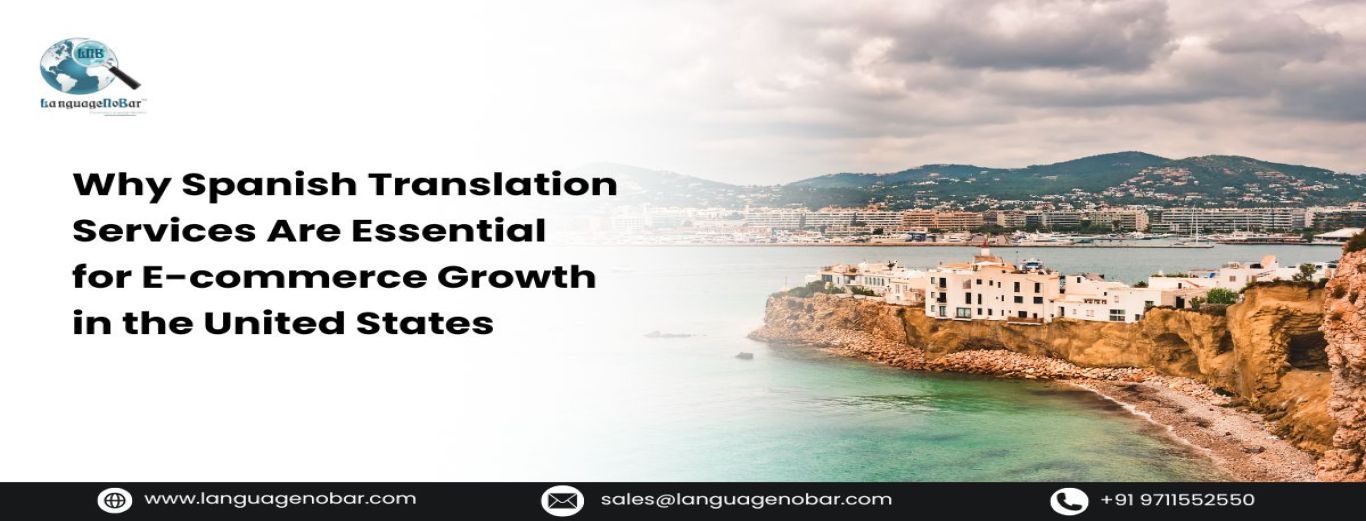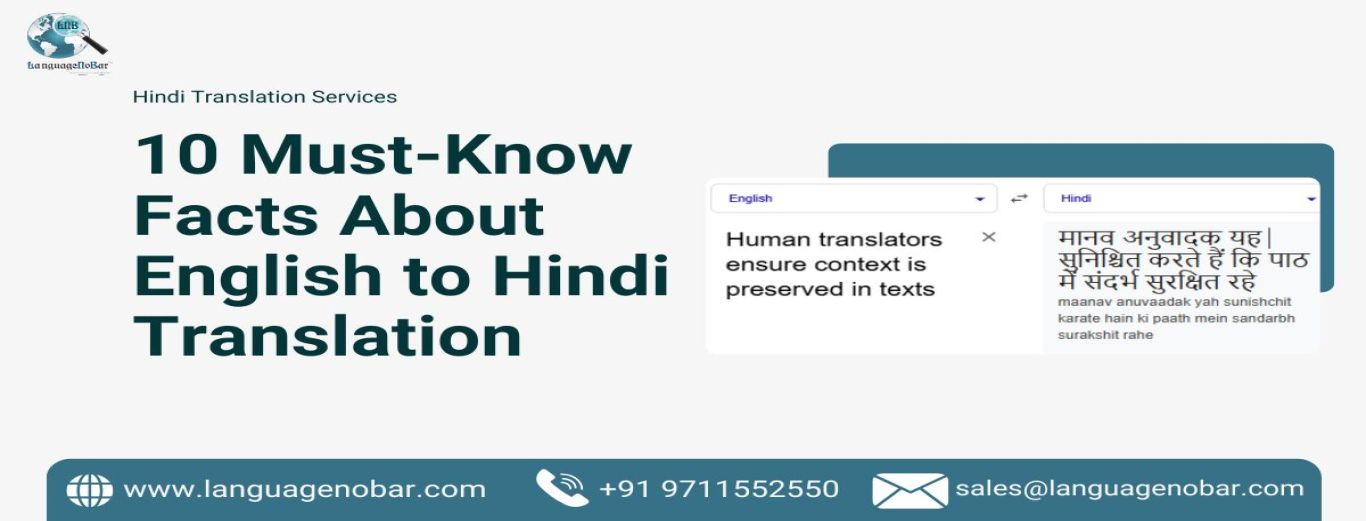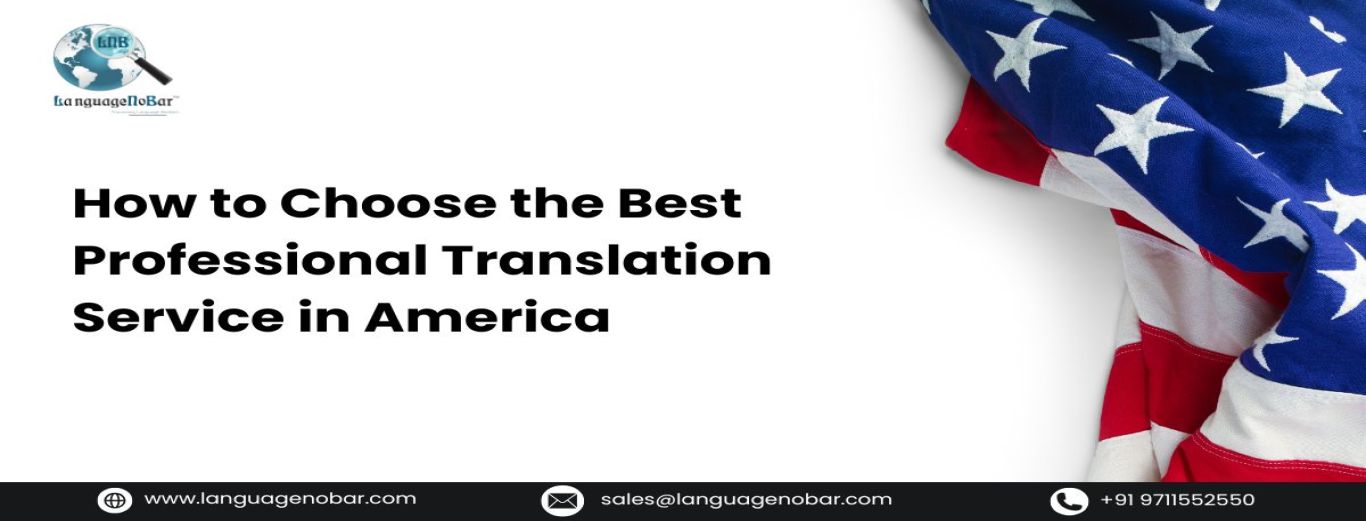Why Spanish Translation Services Are Essential for E-commerce Growth.
- Blog
- Comments (0)
Why Spanish Translation Services Are Essential for E-commerce Growth
The E-commerce industry has deep roots in the US now. It started way before the pandemic and is projected for a hyper-growth surpassing 1.3 trillion dollars in 2025. For the plethora of languages spoken in the US, it is more than necessary to make everyone feel welcome to your e-commerce platform or services. Spanish language translation holds high value in creating linguistic inclusion, growing sales, and expanding business in the American e-commerce market. There is also a burgeoning Hispanic population consisting of about 19% of the entire residents in the US, who have a growing spending power and are looking for shopping with convenience.
Why is Spanish Translation essential?
Spanish-speaking community’s purchasing power was estimated to be 2.3 trillion dollars in 2023. They are learning, tech-savvy, and curious about what the market has to offer them. Focused surveys showed that about 76% of Spanish speakers in the US preferred to buy from a platform that sells in their native language. It made them feel more connected to the business, creating loyalty and trust.
On the flip side, the language barrier can dissuade people from buying things online as you do not have a face to raise concerns, unlike your brick-and-mortar stores. A survey by Common Sense Advisory says 72% of consumers found more trust in platforms that interacted with them in their language.
Source: Tellmeinspanish
How can Spanish translation turn your e-commerce business around?
Localized product listings
Since you cannot physically feel the product, most consumers go through product descriptions and listings in detail. When you give product descriptions, specifications, and details in Spanish, it enables consumers to understand the nuances and try making an informed choice. Accurate descriptions increase customer satisfaction and save you a tonne of money on return and replacement costs.
Enhanced multilingual customer support
Repeat customer volume is highly dependent on how efficient the customer support is. To increase your shopping experience, ensure your chatbots are multilingual with customer support using multiple languages. Communicating in the customer’s tongue is a way to build long-term relationships with them. Platforms like Shopify enable multilingual platforms, increasing revenue up to 70%, underscoring the impact of localized content.
Marketing campaigns will hit close to home
Digital marketing for e-commerce businesses is a black box for many marketers. You really don’t know what actually works, especially with social media and ad algorithms getting complicated every day. However crafting culturally relevant advertisements in the native language will look inviting and will be essential in acquiring first-time, reluctant buyers. The advertisements will also have a higher recall value.
Make your User Experience top-notch
Due to the sheer volume of products, e-commerce UIs can be cluttered and exhausting. The paradox of choice can be a real deterrent to many buyers. But if the language is something they can relate to easily, navigating the interface will be a breeze for the consumers. Navigation will be more intuitive with culturally resonant messaging. This also reduces last minute cart-abandonment and bounce rates. CSA also found that conversions improved up to 70% in translated sites compared to sites that only had content in English.
Stay Ahead of Competition
Most e-commerce businesses are built on cookie-cutter templates generating almost no excitement in the visitor. Offering multilingual services can help you differentiate and stay ahead of similar platforms. It feels more personal to the buyers and not just a run-off-the-mill experience. Amazon has invested heavily in optimizing content in the Spanish language from product descriptions, listings and details, and customer service. This fully localized experience has helped them penetrate deep into the market.
Source: CQfluency
How to Implement Key Strategies for E-commerce Translation?
Partner with website translation services
Find a good translation partner who has a keen eye for business and knowledge of e-commerce. Their knowledge of cultural sensitivity and localization will make content translation a breeze. Try to find Spanish translation services willing to collaborate for the long term so you can maintain consistency in brand voice and tone. Services that provide a project manager and long-term expert writers give you more sales volumes. They should also be adept at industry jargon and determining which content needs more attention.
Optimize for Search engines
Translators leverage technology to optimize content for search engines and handle huge volumes of content such as product descriptions. Using target keywords in your blogs and website content can drive organic traffic, increase digital footfall, and ultimately lead to sales.
What are some challenges in e-commerce translation?
Often the product types and quality change, shifting the entire brand’s long-term ideology. This can create confusion in translation services. The certified translation service providers use glossaries and style guides will help translators to stick to one tone and voice.
Cultural nuances must be a key focus to avoid alienating any consumers. A word-to-word translation with no cultural context can have more negatives than helping you succeed. Hiring native translators with great cultural sensitivity is essential to tackle this problem.
Best Practices to Adopt
Give priority to human translators
While it is tempting to use low-cost AI translators, they often miss the larger picture while doing their job. They often lack cultural nuance and respect which is a skill exclusive to human translators till now. Help them by maintaining a glossary and style guide to understand specific terms, frequently used phrases and brand-specific terminology.
Test the content before launching
Conduct tests on user-friendliness to fix any confusion. Try testing it with multiple groups of your target buyers for honest feedback. Incorporate them and release a better version.
Keep the content updated
As your product line and content evolve, keep updating your content. Nothing makes a consumer unwanted like outdated content on the e-commerce platform.
Stay ahead of the curve and make your website reach more audience with effective translations. Personalising the experience for all buyers increases traffic, and reduces bounce rates, ultimately leading to capturing a wider market.






